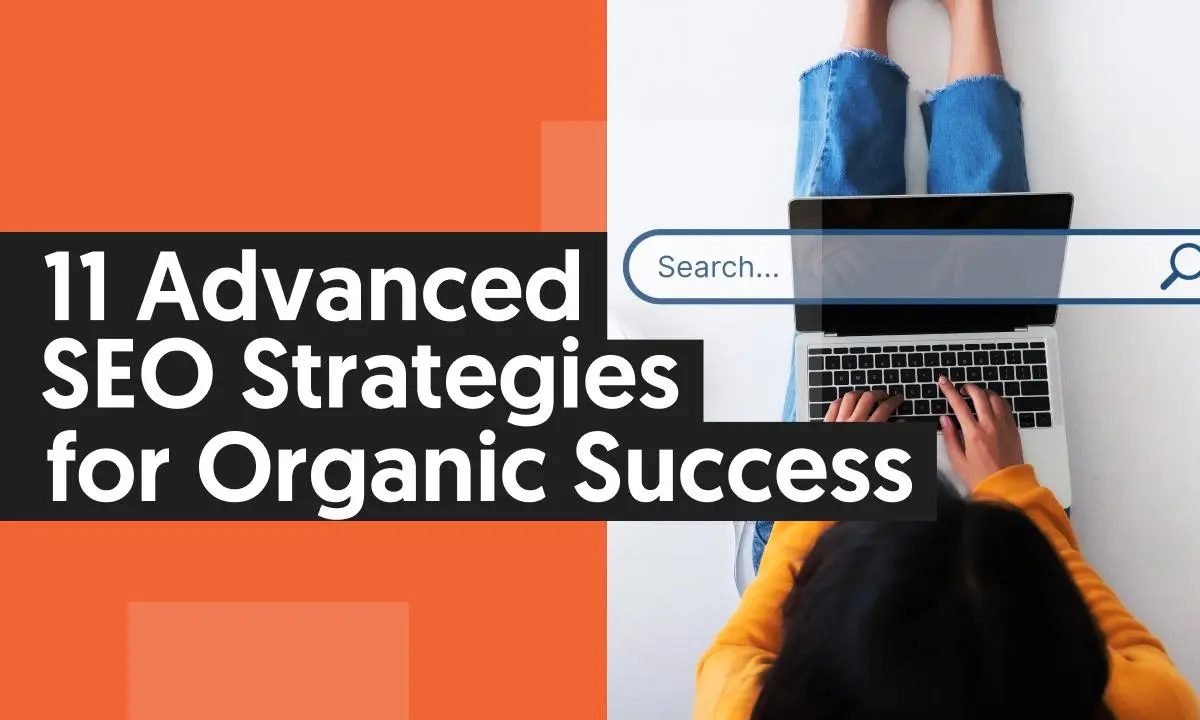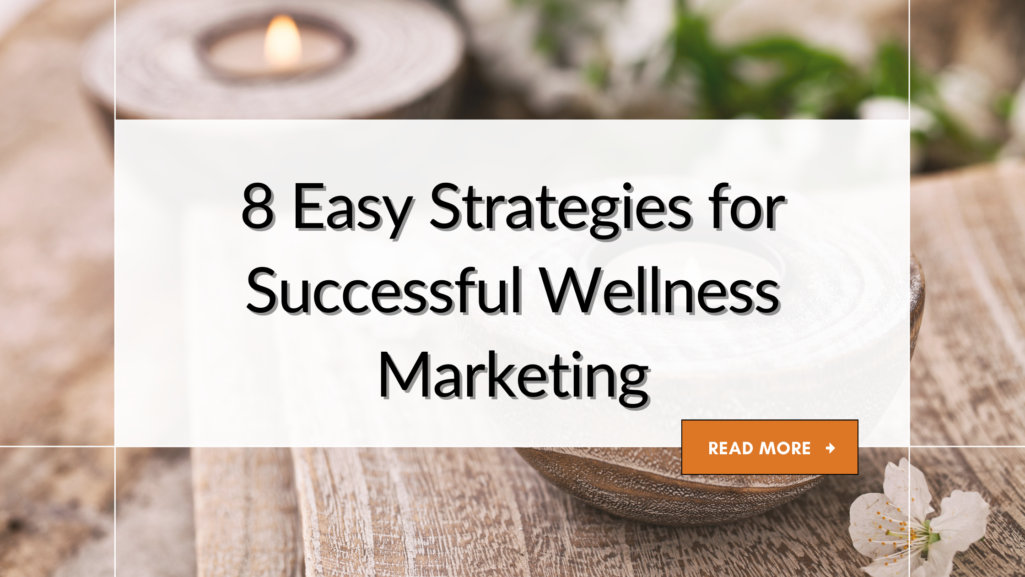Advanced SEO Guide to Promote Your Wellness Journey Programme
Welcome to NeuroTechInsider.com — your trusted hub for breaking down the science and strategy behind sleep and neurostimulation tech. From NeuroVIZR to Apollo Neuro, we bring clarity to the chaos. But even the most revolutionary wellness tech needs visibility. That’s where advanced SEO steps in.
Whether you’re a health startup launching a wearable, or a wellness brand with transformative services, you can’t afford to be buried in search results. This guide dives deep into the technical SEO foundation, keyword intent strategy, and on-page optimization essentials you need to push your programme into the spotlight.

1. Build a Strong Technical SEO Foundation
Think of your website like the nervous system of your wellness brand. If there are broken synapses — slow load times, mobile friction, or poor structure — your entire message gets lost. Here’s how to fix that:
Website Speed, Mobile Optimization, & Security
- Compress your images without losing quality. Use WebP or next-gen formats.
- Minify CSS, JS, and HTML. Tools like Google PageSpeed Insights will tell you exactly what’s bloating your code.
- Use a CDN (Content Delivery Network) to deliver content faster across global users.
- Adopt mobile-first design. Over 60% of searches are mobile, and Google’s crawlers are mobile-first.
- Secure your site with HTTPS — it’s a trust signal and ranking factor.
“Every second delay in page load leads to a 7% drop in conversions.”
— Neil Patel, Digital Marketing Expert
Accessibility Matters
A truly inclusive site supports all users:
- Use descriptive alt text for all images (e.g.,
alt="neurostimulation-wellness-device") - Maintain clear font hierarchies and contrast ratios for readability
- Ensure keyboard navigation works for your forms and CTAs
Structured Data & Schema for Wellness Businesses
If Google’s a brain, Schema.org is its language. Add structured data like:
@type: HealthAndBeautyBusinessfor your organization@type: Eventfor webinars or wellness workshops@type: Productfor wearables or services you offer
This helps you earn rich snippets — ratings, FAQs, upcoming events — and boosts your visibility in SERPs.
Need a schema generator? Try TechnicalSEO.com’s Markup Generator.
2. Target the Right Keywords with Intent

Finding High-Intent Wellness Keywords
Generic keywords like “wellness plan” are too broad. Instead, find high-intent search terms with tools like:
Look for terms such as:
- “corporate wellness workshop”
- “sleep tech for anxiety”
- “how to improve team mental health”
Using Long-Tail & Local Keyword Strategies
Don’t sleep on long-tail keywords. They drive targeted traffic and convert higher.
- “best wearable for vagus nerve stimulation at home”
- “neurofeedback headset for burnout recovery”
- “wellness coach in Austin for ADHD”
Pair these with localized content like event pages or blog posts targeting your city. Example:
Looking for wellness solutions in your area? Check out our guide to upcoming wellness tech events in Los Angeles.
3. On-Page SEO for Maximum Visibility

SEO-Optimized Content & Keyword Integration
Content should answer user questions, establish trust, and guide action. Follow this structure:
- Headline (H1) with the main keyword
- Intro paragraph with hook + keyword
- Use H2-H4 tags for content hierarchy
- Insert keywords naturally (avoid stuffing!)
For example, instead of writing:
Our program offers the best wellness program with wellness benefits for wellness clients.
Say:
Our advanced wellness programme supports individuals seeking non-invasive neurotech solutions for stress, sleep, and mental resilience.
Internal Linking & Meta Tags
Use internal links to keep users exploring and distribute link equity:
Always write unique meta titles and descriptions for each page. Include your main keyword in both.
Visual SEO: Images & Accessibility
Don’t forget that images are content too:
- Use original photos of your devices, sessions, or events
- Compress files for faster load time
- Include alt text with related keywords
Example: alt="woman using Sensate device for vagus nerve stimulation"
4. Content Marketing That Builds Authority

Create a Wellness Resource Hub
Set up a central page that links to all your wellness content, FAQs, user guides, and reviews. This boosts engagement and signals authority to search engines.
Example: Explore the Neuro Wellness Resource Hub
Blogging & Expert Contributions
Start a blog that answers real user questions. Post at least twice a month on topics like:
- “How to start your sleep tech journey in 2025”
- “Apollo vs Sensate: Which Calms You Faster?”
- “Corporate wellness trends driven by AI”
Invite sleep doctors, neurofeedback coaches, or wellness influencers to contribute posts. This builds E-E-A-T (Experience, Expertise, Authoritativeness, Trustworthiness) — critical for YMYL (Your Money Your Life) content.
Case Studies & Testimonials
Publish real-world success stories with data. Example:
“After 6 weeks using NeuroVIZR, I slept through the night for the first time in 2 years. My HRV went up 32%.” — Read Alex’s full story
To be continued in Part 2: Off-Page SEO, Local Strategy, AI Tools, and Conversion Optimization…
5. Off-Page SEO & High-Quality Backlinking
If on-page SEO is the brain’s cortex, off-page SEO is the network that connects it to the rest of the world. It’s how you build authority, boost trust, and earn higher rankings — all by getting others to vouch for your expertise.
Earn Backlinks from Wellness and Health Networks
Google’s algorithm still values backlinks as one of its top three ranking signals. But not all links are created equal. Focus on getting featured in:
- Wellness directories like WellnessLiving
- Health-focused blogs and publications (e.g., PsychCentral, Sleep Foundation)
- Corporate wellness vendors and HR networks
Offer guest posts, research summaries, and interviews related to neurostimulation trends, device comparisons, and sleep optimization strategies.
Build Social Proof with Reviews & Testimonials
Trust is currency in the wellness world. Encourage your users to share experiences on:
- Google Reviews
- Facebook Wellness Groups
- Reddit communities like r/SleepHacks or r/Neurotechnology
“I was skeptical about wearables. But after trying NeuroVIZR and seeing my deep sleep increase by 28%, I’m all in.” – Melissa T., Verified Buyer
6. Local SEO to Reach Nearby Wellness Clients
Whether you’re offering workshops, consultations, or device demos, local SEO ensures you’re seen by people near you who need you most.
Google Business Profile & Location Pages
- Set up and verify your Google Business Profile.
- Add real photos of your clinic, devices, and customer sessions.
- Include NAP (Name, Address, Phone) consistently across your site and listings.
Create location-specific pages with SEO-optimized titles like:
- “Neurofeedback Sleep Coaching in San Francisco”
- “Wellness Device Trials in NYC”
Link to them internally from blog posts and your homepage to help Google crawl and index them fast.
Local Events & Blog Content
Run events? Blog about them. Localized content can dramatically improve rankings in city-based searches.
Curious about our next workshop? Check out our Boston Brain Wellness Workshop Series this fall.
7. Data, AI & Continuous Optimization
You wouldn’t wear a neurotech device without tracking your metrics. SEO’s the same. Success depends on real data, not gut feelings.
Track & Analyze with Google Tools
Use:
- Google Analytics – for traffic, time on page, and conversion tracking
- Google Search Console – to monitor indexation, keyword performance, and page health
- Hotjar – to visualize user interaction and fix friction points
Use AI Tools to Scale Your SEO Smarter
Speed up your strategy with AI-driven platforms like:
- SurferSEO – to build SEO-optimized outlines
- Jasper – to generate content drafts faster
- Screaming Frog – to audit technical SEO at scale
These tools don’t replace creativity — they amplify it with insight.
Ongoing SEO Audits
- Fix broken links monthly
- Update outdated statistics or references
- Refresh stale blog content with new keywords or subtopics
“Content decay is real. Keep your best-performing articles fresh to maintain rankings and traffic.”
— Moz Blog
8. Conversion Optimization for Wellness Funnels
Traffic is great. But conversions keep your brand alive. Don’t leave results to chance — structure your site to convert at every stage.
Effective CTAs & Lead Magnets
Use clear, persuasive CTAs throughout your pages:
- “Download Your Free Sleep Biohacking Checklist”
- “Book a Wellness Device Demo Now”
- “Compare Top 5 CES Devices in Our 2025 Report”
Offer lead magnets like:
- Free eBooks
- Device comparison charts (e.g., Apollo Neuro vs. Sensate)
- Discount codes for email subscribers
Landing Pages That Convert
Design individual landing pages for each service or product. Optimize each for:
- SEO (with main keyword, schema markup, and internal links)
- Speed (lightweight design)
- UX (simple CTAs, visual hierarchy, testimonials)
Example: Neurofeedback for Insomnia – How It Works & Best Devices
Conclusion: Make SEO Work for Your Wellness Programme
Success in wellness today is more than healing—it’s being discoverable. With an advanced SEO strategy, your programme can move from hidden gem to market leader.
From compressing images to leveraging AI tools, from building backlinks to launching conversion-optimized landing pages, you now have the roadmap. Whether you’re promoting Audicin or comparing NeuroVIZR vs Apollo, this strategy is your amplifier.
It’s time to step into the spotlight.
Ready to get discovered? Contact us now to power your programme with SEO.
Frequently Asked Questions (FAQ)
❓ What’s the most important SEO factor for a wellness website?
Content quality and keyword intent. Without valuable, optimized content, even the best technical setup won’t rank.
❓ How long does it take to see results from SEO?
Typically 3–6 months, depending on your starting point, niche competitiveness, and content consistency.
❓ Do I need backlinks even if my content is great?
Yes. Google uses backlinks to assess authority. Combine great content with strategic outreach for best results.
❓ Should I target broad or niche keywords?
Start niche. Long-tail and local keywords convert better. Broader terms can be added as your domain authority grows.
❓ Can I do all this without a developer?
You can do most of it with tools like WordPress, Webflow, or Wix. But technical tasks like schema markup or speed fixes may require light dev support.
NeuroTechInsider.com is here to guide your brand through it all — from sleep tech to SERP success.
